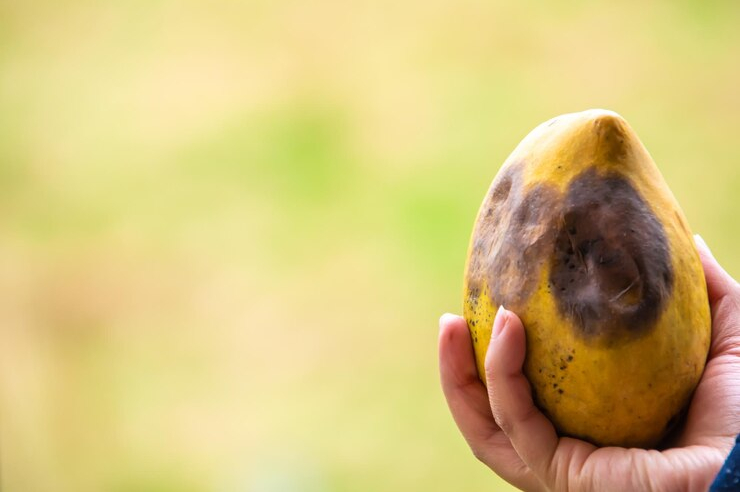Malaysia is blessed with an abundance of tropical fruit that drives the locals, and even tourists, crazy when they are in season. Little did we know, these fruits have skin and seeds that are packed with goodness to assist in the improvement of health, wellbeing, and the environment.
In today’s world, global energy demand is rapidly increasing because of economic and population growth. Most developing countries still generate their energy through the combustion of fossil fuels despite various environmental issues like the effects of greenhouse gas emissions on global warming.
Furthermore, excessive reliance on non-renewable fossil fuels quickens the depletion of resources and adds to economic hardship due to fossil fuels’ pricing volatility. In comparison to fossil fuels, well-known biofuels have been acknowledged as promising energy sources and can be produced using plants or microalgae as renewable energy sources.
In a study conducted by Prof. Dr. Wong Ling Shing and Khoo Yii Jie from the Faculty of Health and Life Sciences, INTI International University, with the collaboration of Associate Professor Dr. Chai Mee Kin and Tan Yeong Hwang from Universiti Tenaga Nasional (UNITEN) revealed that tropical fruit waste can be used as an exceptional biological property to serve as nutrients for microalgae to minimize environmental pollution.

Prof. Dr. Wong Ling Shing from the Faculty of Health and Life Sciences, INTI International University, revealed in his research that the waste of tropical fruits like papaya, pineapple, and mango can enrich the nutrient of microalgae which can help contribute to renewable energy sources and production of biofuels.
Microalgae is often referred to as “lower plants” which can be found in the ocean and on land, in freshwater and in brackish water1. In recent years, interest has surged in algae-derived biofuels — a renewable energy source. The research shows that the cultivation cost and high requirement for freshwater are two of the major challenges in turning microalgae into a renewable powerhouse.
Tropical fruit waste such as pineapple, mango, and papaya can be used to enhance microalgae growth due to their rich nutrients. The study conducted by Prof. Wong and his team confirmed that the diluted papaya, pineapple, and mango waste can serve as nutrients to grow microalgae C. vulgaris and H. pluvialis, which were obtained from a local lake near the INTI International University campus in Nilai and Algaetech Malaysia. It is ideal to replace the conventional inorganic medium with tropical organic fruit waste as a nutrient supplement.
“Some tropical fruit wastes are not consumable. More than 50% of their rind and seeds are wasted. These fruits are rich in moisture and organic composition, therefore the long-term effects of fruit waste disposal on the environment not only result in greenhouse gas emission but also environmental pollution,” said Prof. Wong.

Mango is a tropical fruit which has seeds and skin loaded with rich nutrients that can enhance the growth of microalgae.
According to his research, once the tropical fruit waste nutrients are released into the environment, it may affect the balance of the ecosystem. Hence, it is important to know how to treat tropical fruit wastes like mango, pineapple, and papaya to make the world safer.
When asked about how the community can contribute to the environment, he said that the best practice is to bury the waste for disposal, and the nutrients from the buried fruit waste will turn into fertilizer.
“Most people understand that fruits are indeed filled with nutrients, but they don’t appreciate tropical fruits enough. They often throw its waste without realizing the significant value it has towards the environment,” he added.
He pointed out that our community can opt to bury the waste in the garden or flowerpot instead of throwing the waste into the rubbish bin.
“Creating more public awareness on fruit waste compost through campaigns will educate local communities on fruit waste and spur their action towards sustainability. It is the least we can do for a safer and healthier environment,” conclude Prof. Wong.
1https://www.nst.com.my/opinion/columnist/2017/04/223891/care-environment-through-green-initiatives